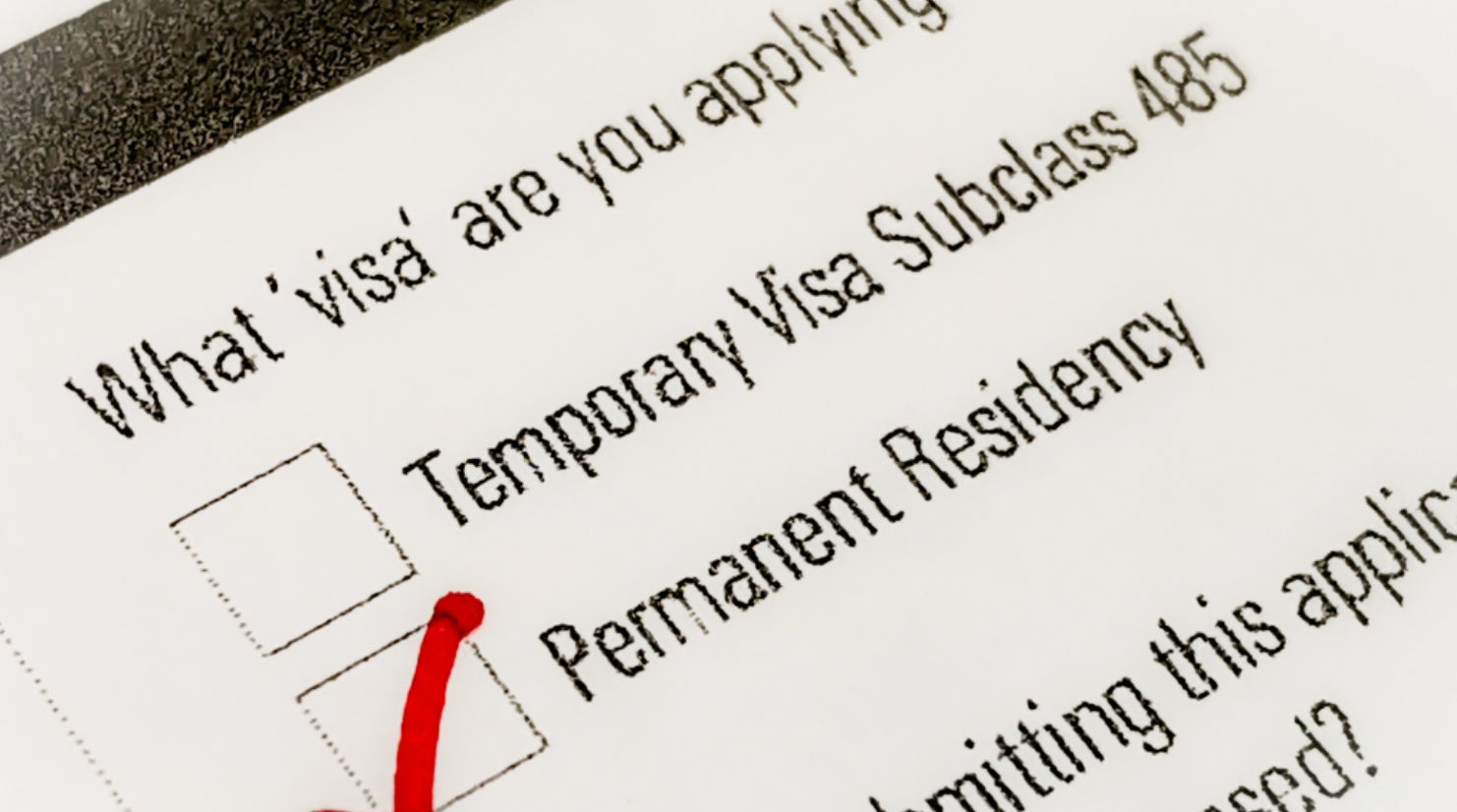Applying for a permanent visa in Australia can be a life-changing decision. Whether you’re seeking better career opportunities, reuniting with family, or simply drawn to Australia’s quality of life, the country offers various pathways to permanent residency (PR). However, understanding the visa categories, eligibility requirements, documentation, and the application process is essential to ensure a smooth journey.
In this detailed guide, we’ll walk you through the steps to apply for a permanent visa in Australia, the different visa streams available, and how to improve your chances of approval.
What Is a Permanent Visa in Australia?
A permanent visa allows the holder to live, work, and study in Australia indefinitely. Permanent residents also enjoy benefits such as access to Medicare (Australia’s public health system), eligibility to apply for citizenship after fulfilling residency requirements, and the ability to sponsor eligible family members for visas.
Some of the most common pathways to permanent residency include:
- Skilled migration (General Skilled Migration Program)
- Employer-sponsored visas
- Family and partner visas
- Humanitarian or refugee visas
- Business and investment visas
How To Apply for a Permanent Visa in Australia: Step-by-Step Guide
Let’s break down the entire process with this step-by-step guide on how to apply for a permanent visa in Australia.
Step 1: Determine the Most Suitable Visa Pathway
There is no “one-size-fits-all” visa. You must choose the visa subclass that aligns with your skills, qualifications, family ties, or business goals. Below are popular permanent visa options:
1. Skilled Independent Visa (Subclass 189)
- For skilled workers who are not sponsored by an employer or family member.
- Based on a points-tested system.
2. Skilled Nominated Visa (Subclass 190)
- For skilled workers nominated by an Australian state or territory.
- Also points-tested.
3. Employer Nomination Scheme (ENS) Visa (Subclass 186)
- For skilled workers nominated by an approved Australian employer.
- Requires relevant skills and work experience.
4. Partner Visa (Subclass 801/820)
- For spouses or de facto partners of Australian citizens or permanent residents.
5. Parent Visa (Subclass 143, 864)
- For parents of Australian citizens or permanent residents.
6. Business Innovation and Investment Visa (Subclass 888)
- For individuals who own and manage a business or invest in Australia.
Step 2: Check the Eligibility Criteria
Each visa category has specific eligibility requirements, which may include:
- Age (usually under 45 for skilled visas)
- English language proficiency (IELTS/PTE/TOEFL scores)
- Skills assessment by a relevant Australian authority
- Work experience and qualifications
- Sponsorship or nomination from a state, territory, or employer
- Health and character checks
Ensure you meet all criteria before applying.
Step 3: Submit an Expression of Interest (EOI)
For skilled and business visas, you’ll need to:
- Create a profile on SkillSelect, Australia’s online immigration platform.
- Submit an Expression of Interest (EOI).
- Provide details about your qualifications, work history, and English ability.
- Receive an invitation to apply (ITA) if your EOI is selected based on your points and occupation demand.
Tip: You need at least 65 points to be eligible, but higher scores improve your chances.
Step 4: Gather Supporting Documents
Once invited to apply for a permanent visa, you’ll need to submit the following (depending on your visa subclass):
- Valid passport
- Skills assessment outcome
- English test results
- Educational and professional certificates
- Health examination results
- Police clearance certificates
- Evidence of relationship (for family and partner visas)
- Nomination or sponsorship documents (if applicable)
Ensure all documents are in English or translated by a certified translator.
Step 5: Lodge Your Visa Application
You must submit your visa application online via the Department of Home Affairs website within the specified timeframe after receiving your invitation.
- Complete all forms accurately.
- Upload all supporting documents.
- Pay the visa application fee.
Once submitted, you’ll receive an acknowledgment and a Transaction Reference Number (TRN) to track your application.
Step 6: Complete Health and Character Checks
You and your dependents must undergo:
- Health examinations are conducted by a panel of physicians approved by the relevant authorities.
- Character checks, including police clearance from every country you’ve lived in for 12 months or more during the past 10 years.
These checks ensure you meet Australia’s public health and safety requirements.
Step 7: Wait for a Decision
Visa processing times vary depending on:
- The type of visa applied for
- The completeness of your application
- The number of applications received
- Whether additional documentation is requested
During this waiting period, you can check your status online using your TRN.
Step 8: Receive Visa Grant and Plan Your Move
Once approved, you’ll receive a visa grant notice outlining your visa conditions and entry date requirements.
With permanent residency, you can:
- Live and work in Australia permanently
- Access public health services
- Enrol in education
- Apply for Australian citizenship after fulfilling residency requirements
- Experience, or state nomination.
Final Thoughts
Applying for a permanent visa in Australia is a multi-step process that requires careful planning, attention to detail, and sometimes, professional assistance. Understanding which visa pathway best suits your situation, meeting the eligibility requirements, and preparing your application thoroughly can make all the difference.
With the right guidance and preparation, your goal of becoming a permanent resident of Australia can become a reality.
Also, read >> How to Extend Permanent Residency in Australia


Post a Comment